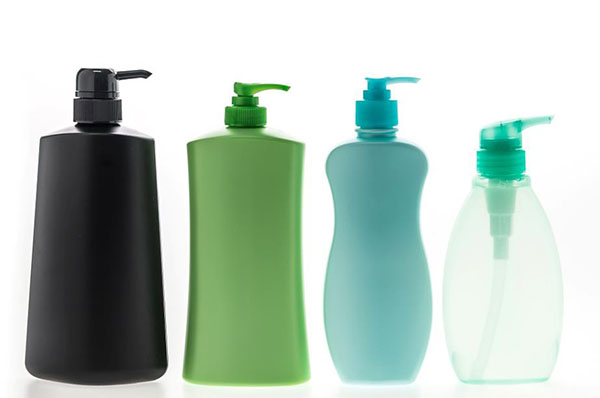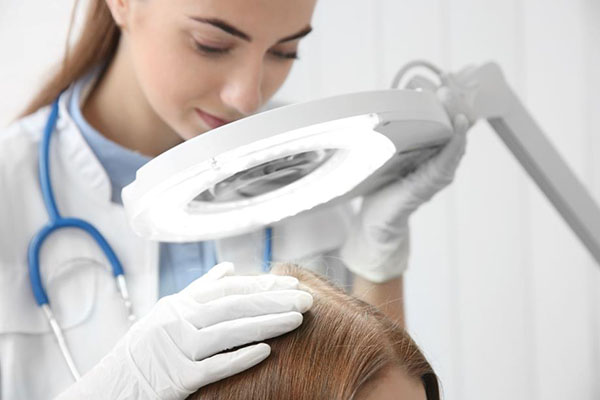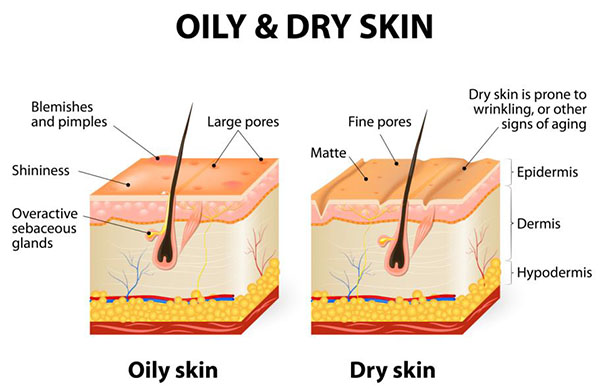What type of scalp do you have?

Do you get confused with the many different types of shampoos sold out there? Ever wondered which will actually work for your hair and which will not? Well, buying shampoos isn’t rocket science, but buying the wrong shampoo for your hair and worsening the condition could make it worth learning the basics behind hair care.

The type of hair you have is dependent on the type of scalp you have. So it is essential that before you buy any product, you need to know your scalp type first. Because once you know it, you would know the exact type of products you should get and how you should care for your scalp and hair.

Before we look at the types of scalps, let’s get to know what makes each scalp different from one another? The sebaceous gland plays an important role in determining you hair and scalp type. Sebum production is a natural process that adds strength and lustre to the hair strand, however, many reasons such as genetics, diet, blood circulation, stress, consumption of drugs and even aging process could all influence the formation of your scalp. Good news is, there are indeed various different types of hair products that are designed specifically to compliment individual needs and regardless of scalp types, aimed at producing strong, healthy, naturally beautiful hair for everyone.
Now, for the nitty gritty details. Basically, there are four types of scalp – normal, oily, dry, and mixed or combination.
A normal scalp leads to a normal hair. A normal scalp is result of a well-balanced, healthy lifestyle, combined with good hair care using the right products. With this, you will have a shiny, supple, good looking and easily manageable hair.
Next, we have the oily scalp. Many people have a naturally oily scalp, which can result in greasy hair. But the problem comes when the scalp gets too oily beyond control. An overly oily scalp happens when the overly-active glands produce excessive sebum. There could be many reasons to why your sebaceous glands are active, including hormonal changes to consumption of unhealthy foodstuffs.
Dry scalp could make your hair look dull, but look is not the only thing you should be worried. Dry scalp makes your hair dry and more susceptible to breakage. Whilst a healthy strand of hair could be stretched up to 30% before breaking, a dry strand of hair could only do this halfway. Dry scalp generally could occur due to pre-existing skin conditions or problems, lack of water consumption and many other reasons.

Last but not least, we have the mixed or combination scalp, basically a mix of dry, frizzy ends that are prone to breaking, with oily roots. Also known as Pityriasis steatoides, this particular condition occurs when over-active sebaceous glands and poor scalp condition cumulatively create an excess of sebum that get absorbed back into the scalp, preventing nutrients and essential oils from travelling up the hair strand.
Contact Us
To book an appointment or to drop us a note, simply fill up the form.
Call our hotline at 1800 22 8333 or WhatsApp us at
Otherwise, we would also like to hear from you at enquiry@svensonhair.com.my